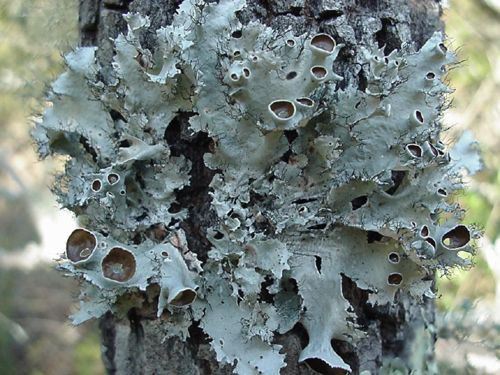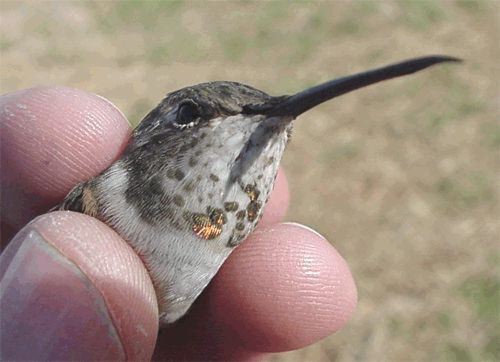 HOME: www.hiltonpond.org |
|
||
|
|
|||
|
|
|||
|
|
|||
|
|
|||
|
|
|||
|
THIS WEEK at HILTON POND |
|
A few weeks ago, "This Week at Hilton Pond" was devoted to a photo essay about those under-appreciated and oft-ignored ecological pioneers called "crustose lichens." These super-thin symbionts--each a collaborative effort between a photosynthetic alga and a fungus--can grow on bare rocks, which fungal enzymes break down into mineral soil.  The second of the three main types of lichen forms is called "foliose," from the same root word as "foliage." Although crustose lichens are so flat they seem almost two-dimensional, foliose lichens--many of which look a little like gray-green lettuce--are leafy in appearance (above).
Lichens grow very, very, very slowly; observations of some lichen colonies on gravestones have measured growth at only a few centimeters in a hundred years! Both crustose and foliose lichens sometimes show bulls-eye patterns--successive years of growth revealed as ever-larger concentric circles of slightly different colors. Lichens reproduce in several ways, most commonly via a soredium--a small fragment or ball that includes one or more algal cells surrounded by several fungal cells. Fungi in some foliose lichens also produce "fruiting bodies"--structures that resemble tiny saucers and contain fungal spores (see top photo).
Foliose lichens are much less common at Hilton Pond Center than are crustose types. Click on the thumbnailed images below to view larger photos of foliose lichen specimens. (NOTE: The specimens are not identified; crustose lichen taxonomy is especially difficult and sometimes requires using a microscope to observe how the lichen reacts to a variety of chemicals. If you're positive about identifications of any of the lichens below, please e-mail us at WEBMASTER.)
If you enjoy "This Week at Hilton Pond," please help Support Hilton Pond Center for Piedmont Natural History |
|||||||||
 As do the crustose forms, foliose lichens at Hilton Pond Center grow on bare rock (right) and as epiphytes on tree bark, sometimes in heavy shade and sometimes exposed to bright sunlight. Lichens of all types are resistant to drying out, but they also require alternating exposure to wet weather and drought; they will die if kept too long in conditions that are either too moist OR too dry.
As do the crustose forms, foliose lichens at Hilton Pond Center grow on bare rock (right) and as epiphytes on tree bark, sometimes in heavy shade and sometimes exposed to bright sunlight. Lichens of all types are resistant to drying out, but they also require alternating exposure to wet weather and drought; they will die if kept too long in conditions that are either too moist OR too dry.



